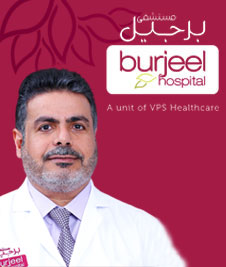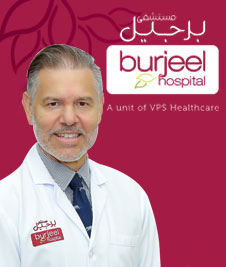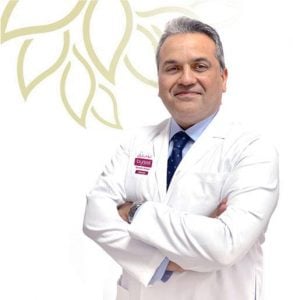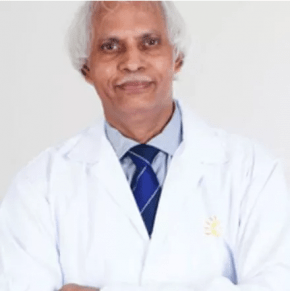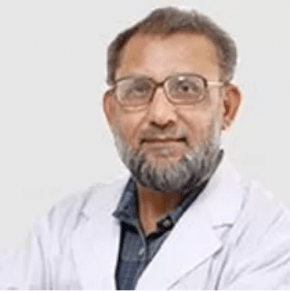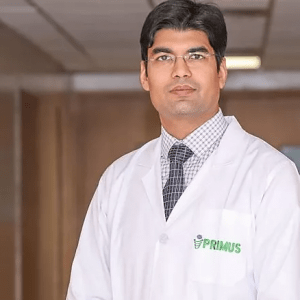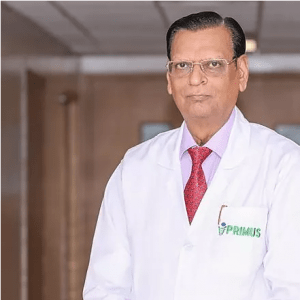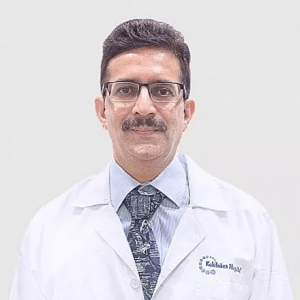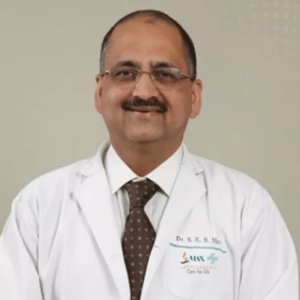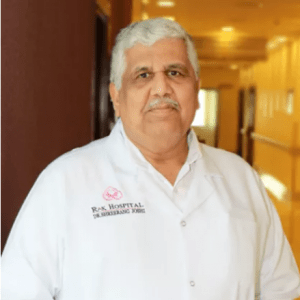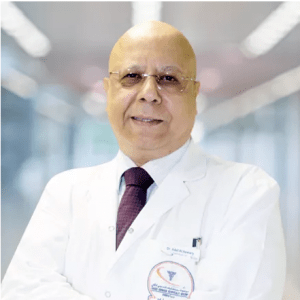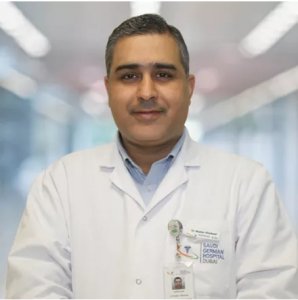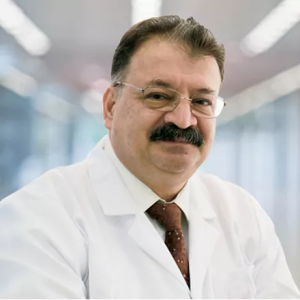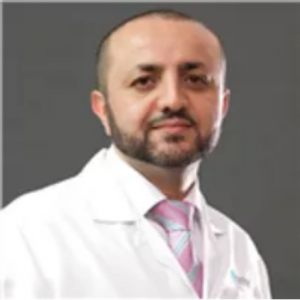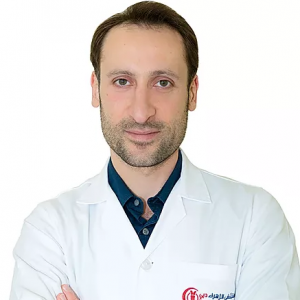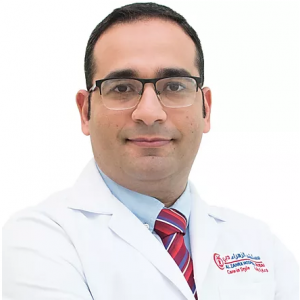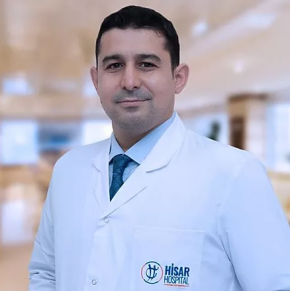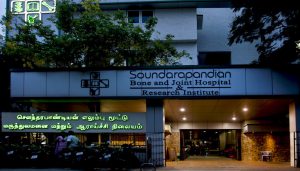Arthrolysis
Arthrolysis is an operation to treat elbow stiffness. Severe stiffness, or arthritis, requires an “open” or conventional operation involving an incision, usually over the tip of the elbow. In this type of surgery … Read More
Top Doctors For Arthrolysis Treatments
Top Hospitals For Arthrolysis Treatments
Arthrolysis
Arthrolysis is an operation to treat elbow stiffness. Severe stiffness, or arthritis, requires an “open” or conventional operation involving an incision, usually over the tip of the elbow. In this type of surgery bony deformity due to injury or arthritis can be treated. These operations are performed under a general anaesthetic with a local anaesthetic block. Almost all patients will need to stay one or more nights in hospital.
Arthrolysis is defined as the loosing of adhesions and stiffness in an ankylosed joint which can be the knee, elbow, shoulder, ankle, etc. Its procedures involve arthroscopic diagnosis and arthroplasty surgery. Adhesion in joints, tendons, or ligaments poses great difficulty to move the joint. The joint becomes stiff, making it hard to move. This condition is the term “ankylosis”.
Ankylosis is the stiffness of a joint as a result of injury or disease. This stiffness may be due to inflammation of the tendinous or muscular structure outside the joint or of the tissue of the joint itself.
WHAT IS ARTHROLYSIS?
An ankylosed joint has lost mobility and needs to be repaired. The process of repairing the ankylosed joint is called “arthrosis”. Arthrolysis is losing adhesions in an ankylosed joint to restore mobility.
When arthrosis for the post-traumatic joint stiffness is performed, the release of the corresponding ligament is sometimes required, as well as the removal of capsular and bone restraints. These releases can cause instability.
Arthrolysis follows certain surgical procedures to protect the repaired collateral ligaments and at the same time, allowing immediate movement of the stabilized concentric joint.
Risks of this type of surgery include infection and problems with wound healing. In most cases immediate movement is possible, and use of the arm for daily tasks such as dressing, writing and eating should be possible within a couple of days. Driving is also usually possible within 3-4 weeks. Physiotherapy is almost always required and it may be necessary to wear an elbow brace for certain periods of the day.
The procedures include the following:
- Arthroscopy : This is a surgical procedure used to look at, diagnose, and treat problems inside a joint. You can have an arthroscopy on any joint, following your doctor’s recommendation. Often, it is done on the elbow, shoulder, ankle, hip, or waist.
- Arthroplasty : This is a joint replacement procedure and presently is the only surgical option for most people. The common types of arthroplasty include:
- Interposition Arthroplasty: This is a surgical repair of arthritis in the elbow and other joints. Reports show that interposition arthroplasty is commonly considered in patients below 60 years old, who have a loss of motion, joints incapacitated by pains, rheumatoid arthritis, traumatic arthritis, and near-normal bony anatomy. Interposition arthroplasty should be applied to patients with infection, lack of flexion, elbow instability, or patients who use the elbow for tasking manual labor.
-
- Knee Arthroplasty : This is a surgical procedure to resurface a knee damaged by arthritis. It is also called “knee replacement” or “total knee replacement”. Metal or plastic parts are used to cap the ends of the bones that form the knee joint, along with the kneecap. People with a severe knee injury or severe arthritis can benefit from this surgery. Various types of arthritis may cause damage to the cartilage of the knee such as osteoarthritis, rheumatoid arthritis, traumatic arthritis. Knee replacement surgery is aimed at resurfacing the damaged part of the knee joint and relieving knee pains.
-
- Hip Arthroplasty (Replacement) :This is a surgical procedure that involves replacing a worn away or damaged hip joint with an artificial one. It involves replacing the femur and the acetabulum.
- Carpal Tunnel Release Surgery :This is a surgical procedure that treats problems caused by carpal tunnel syndrome. Carpal turnel release surgery is targeted at returning full function in the affected wrist, hand, and arm. Carpal tunnel syndrome is symptoms of pain and weakness in the forearm, wrist, and hand due to pressure on the nerves in the wrist. The carpal channel is a channel in the palm and wrist.
Symptoms
After injury, the elbow flexes in response to pain and hemarthrosis. The periarticular soft tissue and joint capsule become shortened and fibrotic, and loss of motion develops.
Arthroscopic arthrolysis may be necessary for patients whose injury does not respond to conservative treatment.
REASONS FOR ARTHROLYSIS
The main purpose of an arthrolysis is to correct any joint problems that cause pains and stiffness in any joint. Arthrolysis can also help with the following:
- To release adhesions in an ankylosed joint
- To restore mobility to a stiff joint.
- To remove capsular and bone restraints.
- To repair collateral ligaments.
- To stabilize concentric joints.
- To replace joints and ligaments.
- To cure arthritis.
Arthrolysis is carried out on any joint; knee, elbow, ankle, wrist, shoulder, waist, hips, etc, that needs a repair or replacement.
Causes
The causes of post-traumatic knee stiffness can be divided into flexion contractures, extension contractures, and combined contractures. Post-traumatic stiffness can be due to the presence of dense intra-articular adhesions and/or fibrotic transformation of peri-articular structures.
PROCEDURES
Arthrolysis is a combination of the diagnostic surgery–arthroscopy, and the main surgery–arthroplasty. The procedures, therefore, involves the following:
- Arthroscopy (Diagnostic Surgery)
Before the surgery, you will receive anesthesia depending on the joint and the suspected joint problem. Mostly, the intended area for the surgery is numbed. Thereafter, the area is incisions and an instrument for arthroscopy is called “arthroscope”, which has a camera lens and light. After the problem is diagnosed, your doctor will decide on the type of surgery you need.
- Arthroplasty
This is the surgical procedure of correcting the problems of the diseased joint; hip, knee, elbow, wrist, etc.
Before Surgery,
Keep to every of your doctor’s instructions which may include staying away from alcohol, smoking, and NSAIDs to abate any complications during surgery.
Most arthroplasty may require you to be in the hospital for at least a few days, so get packed for your stay in the hospital and you are advised to have family, friends, or a caregiver who will be around during your time of stay and recovery.
During Surgery,
In the theater, you will be placed on anesthesia, mostly to numb the area of surgery. An intravenous (IV) line will be injected into you to provide you fluid and pain killers and your heart rate, blood rate, breathing, and oxygen level will be closely monitored
Depending on the diseased joint and its requirements, your surgeon will clean the area and make incisions, careful not to damage the veins, nerves, and blood vessels. Then, the surgical treatment will be carried out as required. Resurfacing with implants and prostheses will be done if needed. Thereafter, the tissues, tendons, ligaments, etc, are put back together and the incision is stitched back, cleaned, and bandaged.
After Surgery,
You will be moved to your recovery room to recuperate and for observation for few more days. Depending on the area and the technicality of surgery, the duration can take 3 to 8 hours.
RECOVERY AFTER ARTHROLYSIS
It is important to start moving your joint after surgery. Engage a physical therapist after the surgery. Your recovery rate depends on which joint was operated on and your body type. However, the estimated recovery time is between 3 to 6 weeks.
COMPLICATIONS OF ARTHROLYSIS
Complications that may arise from the arthrolysis include:
- Pulmonary edema; movement if blood clots to the heart.
- Arthrofibrosis; stiffness of knee joints
- Stiffing of joints
- Infection
- Scarring
- Damage to blood vessels and/or nerves.
- Internal bleeding, among others.
TIPS FOR POST-SURGERY
The following are tips to take after you are done with surgery and on your way to recovery:
- Always keep the surgical area clean
- Keep bathing instructions from your doctor.
- Do not get the incision wet, clean it dry, and change the bandage often.
- To reduce swelling, apply ice to the surgical joint/area.
- Take pain relievers as prescribed by your doctor.
- Do not engage in heavy and strenuous exercises.
- Do not carry heavyweights.
- Keep up with your follow-up appointments with your doctor.
- Urgently notify your doctor whenever you notice fever, increased pains in the incision area, and redness, swelling, bleeding, or fluid drain from the incision site.
Note that any injury to the operation sure may result in serious complications. Full recovery from the surgery may take several months, and routine follow-up checks are necessary.
SUCCESS RATE OF ARTHROLYSIS
So far, joint repairs have witnessed a huge success. 82% success rate has been recorded for replacement surgeries.
SURVIVAL RATE OF ARTHROLYSIS
Survival rates of 15, 20, and 25 years, have been estimated at 86%, 79%, and 77% respectively.
FAQ
- What is arthrofibrosis after knee replacement?
Arthrofibrosis is also called stiff knee syndrome. It sometimes occurs in a knee joint that has recently been injured. It can also occur after surgery on the knee, such as knee arthroplasty. Over time, scar tissues build up causing the knee joint to shrink and tighten.
- What is carpometacarpal arthroplasty?
A thumb carpometacarpal (CMC) joint arthroplasty is a type of surgery done to relieve pain in your thumb and wrist thus giving you movement in the thumb.
- Is ankylosing spondylitis a serious disease?
Ankylosing spondylitis is a complex disorder that may cause some serious complications if it is left untreated. With many people, some of the complications can be controlled or reduced by following a regular treatment plan.
- What is adhesion in pathology?
Adhesion is fibrous bands that occur between tissues and organs, as a result of injury during a surgical operation. They may be internal scar tissues that connect tissues that were not connected.
- Is arthroscopy painful?
Arthroscopy surgery normally results in less joint pains and stiffness than open surgery.












